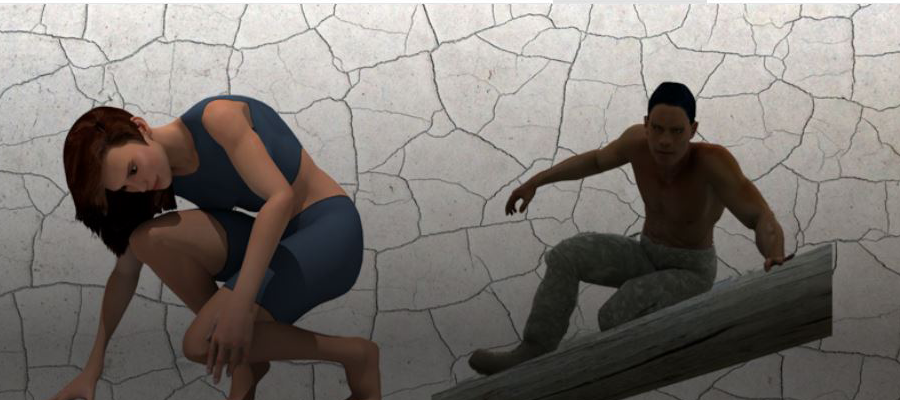Abstract
For capturing only static models, 3D body scanning is well known in various application areas such as medicine, automotive, sports, clothing, product design and gaming. These models have some limitations in that they are unable to capture dynamic poses that can provide more information about real-time tasks and interactions with a real-life object, machine, or environment. As a result, in the literature, to provide a more realistic movement of static shape models, researchers provided an idea of attributing kinematic capturing or "skeletal animation" (as a Biovision Hierarchy, or BVH, file) using a wearable inertial mocap system applied to a 3D statistical shape model, obtaining a "moving statistical shape" using exchange format in open-source software like Blender. But in this case, the attribution was not a perfect attribution of the real-time capturing of a dynamic 3D body shape, obtained today thanks to 4D body scanning. Nowadays, 4D body scanning can perform 4D measurements of dynamic body shape in real time without using any wearable inertial mocap system that can occlude the scanning surface; this is a comfortable solution that does not influence the performance of the user. In addition, 3D and 4D can be used in open- and closed-source software using specific file exchange formats for modeling and animation or interaction and integration with other devices (e.g., synchronization with pressure mat, force platform, etc.). In particular, open-source software represents a more intuitive, fast, and inexpensive platform for performing animation, modeling, and file exchange formats in a multidisciplinary approach.
Based on the previous assumptions, in this study, we will provide an overview of open- and closed-source software along with file exchange formats in 3D and 4D body scanning, looking at the advantages and disadvantages of their use in different fields of applications.
Keywords: body scanning, software, dynamic anthropometry, digital human modeling
How to Cite:
Scataglini, S. & Truijen, S., (2022) “Overview of software and file exchange formats in 3D and 4D body shape scanning”, Proceedings of the 7th International Digital Human Modeling Symposium 7(1): 11, 9 pages. doi: https://doi.org/10.17077/dhm.31757
Rights: Copyright © 2022 the author(s)
Downloads:
Download PDF
View
PDF

